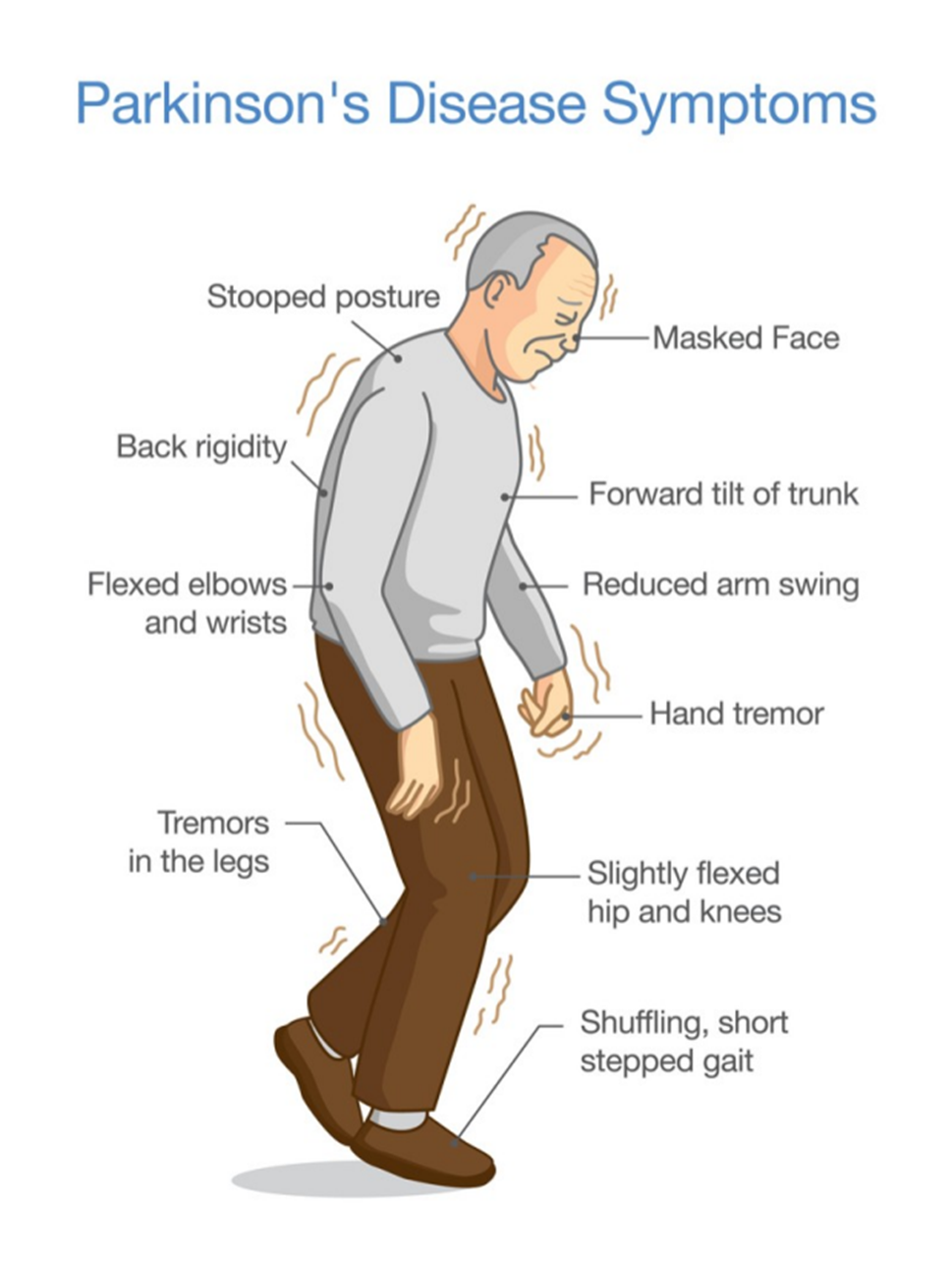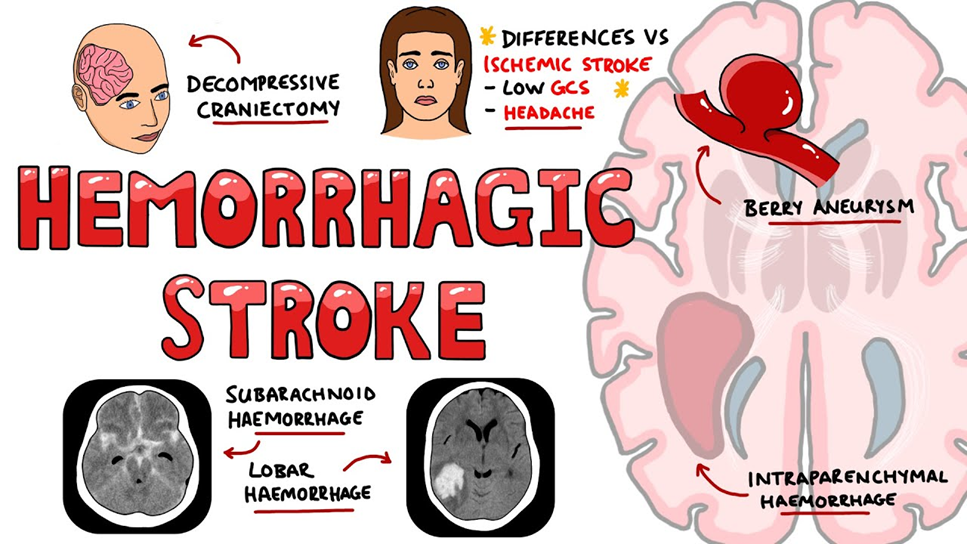A client with Parkinson’s disease (PD) is being discharged home with his wife. To ensure success with the management plan, which discharge action is most effective?
Telling his wife what the client needs.
Setting up visitations by a home health nurse.
Involving the client and his wife in developing a plan of care.
Writing up a detailed plan of care according to standards.
The Correct Answer is C
Choice A Reason:
Telling his wife what the client needs is not the most effective discharge action. While it is important for the wife to understand the client’s needs, this approach is too passive and does not actively engage the client or his wife in the care process. Effective management of Parkinson’s disease requires active participation from both the client and the caregiver to ensure adherence to the care plan and to address any concerns or preferences they may have.
Choice B Reason:
Setting up visitations by a home health nurse can be beneficial, but it is not the most effective discharge action on its own. Home health nurses can provide valuable support and monitoring, but the success of the management plan also depends on the involvement and commitment of the client and his wife. Without their active participation, the care plan may not be fully effective.
Choice C Reason:
Involving the client and his wife in developing a plan of care is the most effective discharge action. This approach ensures that both the client and his wife are fully engaged in the care process, understand the management plan, and are more likely to adhere to it. Collaborative care planning allows for the consideration of the client’s and caregiver’s preferences, needs, and concerns, leading to a more personalized and effective care plan. This active involvement can also empower the client and his wife, improving their confidence in managing the disease.

Choice D Reason:
Writing up a detailed plan of care according to standards is important, but it is not the most effective discharge action if done in isolation. A standardized care plan may not address the unique needs and preferences of the client and his wife. Without their involvement in the development of the plan, there may be a lack of understanding or commitment to the care plan, reducing its effectiveness. Personalizing the care plan through active involvement of the client and his wife is crucial for successful management.
Nursing Test Bank
Naxlex Comprehensive Predictor Exams
Related Questions
Correct Answer is C
Explanation
Choice A: Severe Hypertension
Severe hypertension can be a sign of increased intracranial pressure (ICP), but it is not typically the earliest sign. Hypertension often occurs as a compensatory mechanism to maintain cerebral perfusion pressure. While it is a significant finding, it usually follows other more immediate signs of increased ICP.
Choice B: Dilated and Nonreactive Pupils
Dilated and nonreactive pupils are a late sign of increased ICP and indicate severe brainstem compression. This finding suggests that the pressure has reached a critical level, leading to brain herniation. It is a very serious sign but not the earliest indicator of increasing ICP.
Choice C: Decreased Level of Consciousness
A decreased level of consciousness is often the earliest and most sensitive indicator of increasing ICP. Changes in consciousness can range from confusion and lethargy to complete unresponsiveness. This symptom reflects the brain’s response to increased pressure and reduced cerebral perfusion, making it a critical early sign that requires immediate attention.

Choice D: Projectile Vomiting
Projectile vomiting can occur with increased ICP due to pressure on the vomiting centers in the brainstem. However, it is not typically the earliest sign. Vomiting often accompanies other symptoms such as headache and changes in consciousness.
Correct Answer is D
Explanation
Choice A Reason:
A decreased thyroxine (T4) level is not expected in a client with Graves’ disease. Graves’ disease is an autoimmune disorder that leads to hyperthyroidism, where the thyroid gland produces excessive amounts of thyroid hormones, including T4. Therefore, the T4 level is typically elevated, not decreased.
Choice B Reason:
Similarly, a decreased triiodothyronine (T3) level is not expected in Graves’ disease. Like T4, T3 levels are usually elevated due to the overactive thyroid gland. T3 is the active form of thyroid hormone and is often increased in hyperthyroid conditions.
Choice C Reason:
Decreased thyroid-stimulating immunoglobulins (TSI) percentage is incorrect. In Graves’ disease, TSI levels are elevated because these antibodies stimulate the thyroid gland to produce more thyroid hormones. TSI mimics the action of TSH, leading to increased production of T3 and T4.
Choice D Reason:
Decreased thyroid-stimulating hormone (TSH) level is the correct answer. In Graves’ disease, the excessive thyroid hormones (T3 and T4) exert negative feedback on the pituitary gland, leading to suppressed TSH production. Therefore, TSH levels are typically low in patients with Graves’ disease.
Whether you are a student looking to ace your exams or a practicing nurse seeking to enhance your expertise , our nursing education contents will empower you with the confidence and competence to make a difference in the lives of patients and become a respected leader in the healthcare field.
Visit Naxlex, invest in your future and unlock endless possibilities with our unparalleled nursing education contents today
Report Wrong Answer on the Current Question
Do you disagree with the answer? If yes, what is your expected answer? Explain.
Kindly be descriptive with the issue you are facing.
